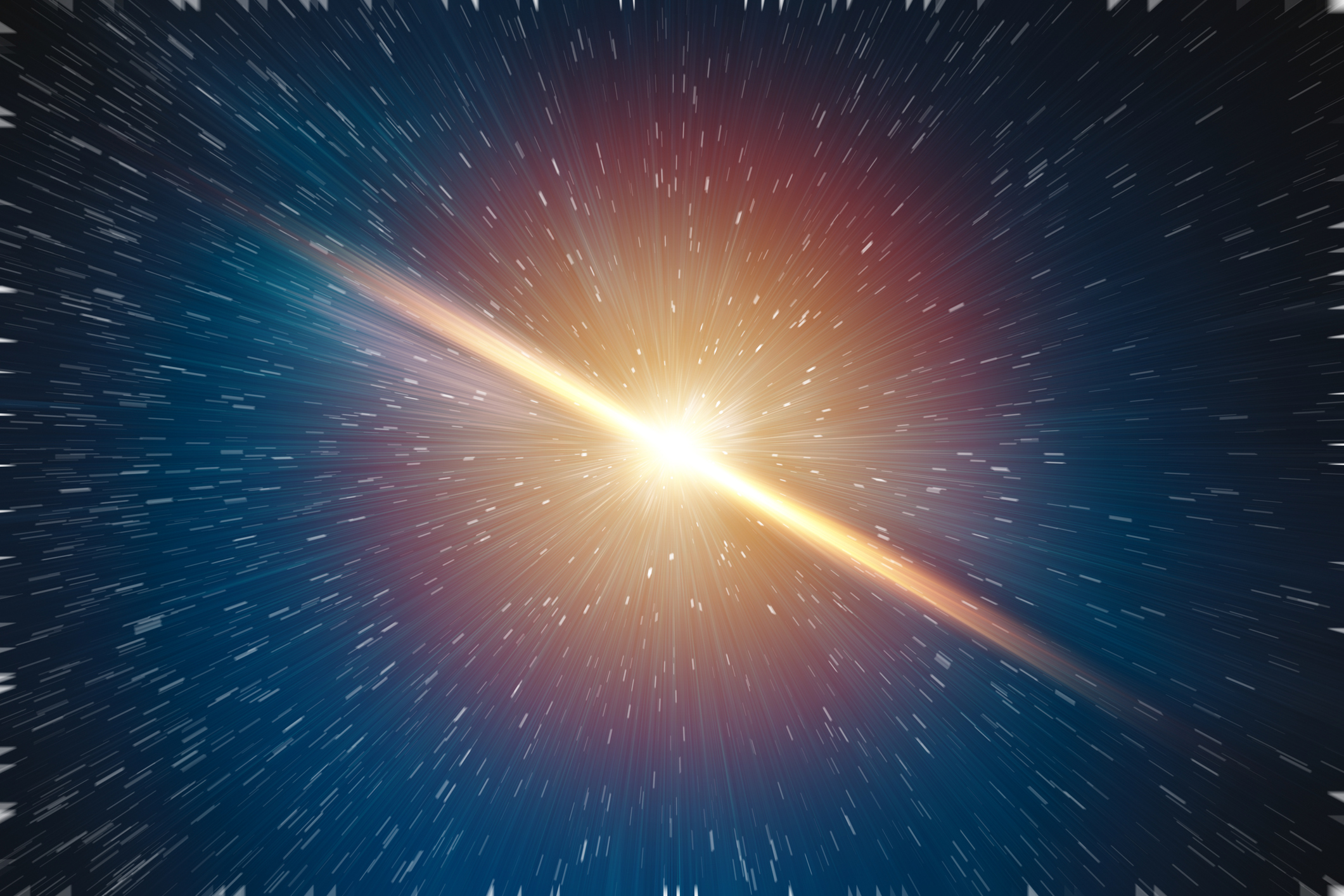
The discovery of a neutron star emitting unusual radio signals is rewriting our understanding of these unique star systems.

New chemistry "forensics" indicate that the stone named Hypatia from the Egyptian desert could be the first tangible evidence found on Earth of a supernova type Ia explosion. These rare supernovas are some of the most energetic events in the universe.

The hearing included the investigation of more than 140 instances of strange sightings by fighter aircraft instruments and pilots. Officials were only able to explain one of the incidents – a large, deflated balloon.

Nearly 45 years into its space journey, the NASA Voyager 1 probe is sending back mysterious data that has left the spacecraft’s engineers confused.

The eROSITA telescope aboard the Spektr-RG space observatory at the L2 Lagrange point captured the first time in what is known as the ‘fireball’ phase of a classical nova.

Estimated to be magnitude 5, the quake is the biggest ever detected on another planet. This adds to the catalog of more than 1,313 quakes InSight has detected since landing on Mars in 2018.

ESA's XMM-Newton has found a pulsar - the spinning remains of a once-massive star - that is a thousand times brighter than previously thought possible.

U.S. scientists have published a new research paper outlining the possibility that the universe could, relatively shortly, begin to shrink towards its demise and eventual rebirth.

More than three years after the release of the first-ever image of a black hole, scientists from the Event Horizon Telescope (EHT) shared an image of Sagittarius A* — the supermassive specimen sitting at the center of our own Milky Way galaxy.

Jupiter's moon Europa is a prime candidate in the search for life. The frozen moon has a subsurface ocean and the new research shows that the moon is pulling oxygen down below its icy shell.

In 2014, the Japanese Space Agency JAXA launched the Hayabusa 2 spacecraft to visit asteroid Ryugu. It arrived at the asteroid in June 2018 and studied it from orbit for over a year.

A critical stage of the James Webb Space Telescope's mirror alignment has been completed, keeping the state-of-the-art observatory on track to commence science observations in a few months.

Neutron stars are one possible suspect responsible for an abundance of positrons in the Milky Way. Now astronomers have caught one red handed.

Astronomers already knew Earth had one Trojan. Now we know it has two, with the second announced on February 1, 2022. This new Earth Trojan has been labeled 2020 XL5.

TESS reached a milestone. We now have over 5,000 exoplanet candidates. Scientists have a lot of work to do confirming them.